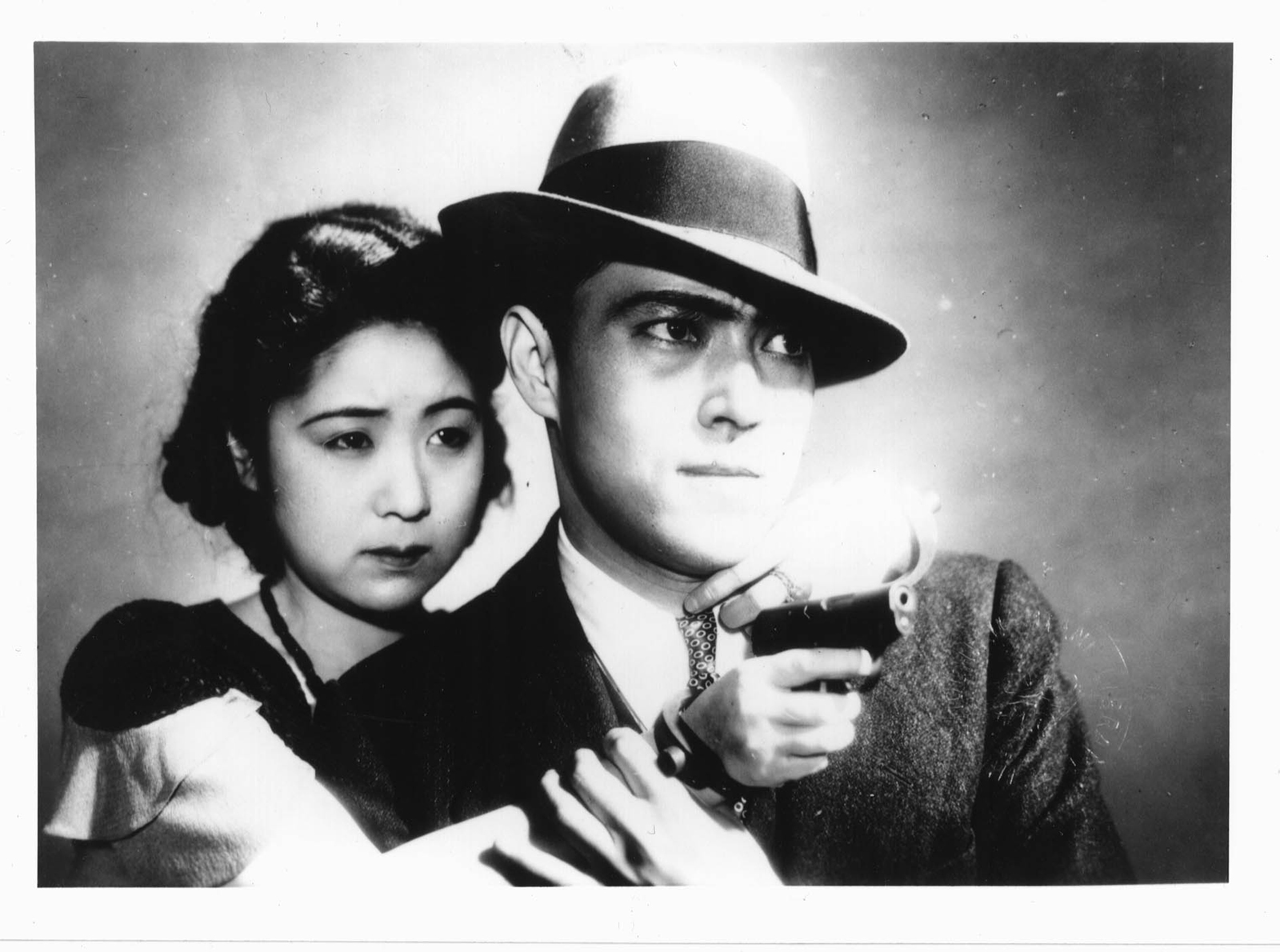Japanese silent film narrators to provide interpretive, engaging performance

(Courtesy of Patti Perret/Universal Pictures, Participant, and DreamWorks)
"The Art of Benshi"
March 1 - March 3
Billy Wilder Theater
Free with student I.D.
By Kennedy Hill
Feb. 27, 2019 10:04 p.m.
Characters in silent films didn’t always stay silent – at least, not in Japan.
In the early 20th century, silent Japanese films were often accompanied by benshi, performers who narrated the film to audiences from inside the theatre. Paul Malcolm, a programmer from the UCLA Film & Television Archive, said most Japanese films from the silent era have been lost due to mismanagement and the effects of World War II, making contemporary benshi performances rare.
[RELATED: Film archive series to shed light on Hollywood’s unrecognized female directors]
“The Art of the Benshi” program, presented by the archive alongside the Tadashi Yanai Initiative for Globalizing Japanese Humanities, will attempt to give audiences a historically accurate recreation of the benshi experience this weekend at the Billy Wilder Theater.
“Eventually, the benshi developed this very fascinating art form unto itself in which the benshi became true storytellers,” Malcolm said. “They were adding (to) and deepening the audience’s experience of that story.”
The program is able to produce an event with three benshi and many silent films through the Yanai Initiative’s partnership with Waseda University in Japan. Many of the benshi and musicians performing in the program are either affiliated with or work at Waseda University, Malcolm said.
Michael Emmerich, a professor in UCLA’s Asian Languages & Cultures department and director of the Yanai Initiative, said financial limitations often made it common for only one benshi to perform during modern renditions.
However, Emmerich said they will present multiple benshi over the weekend to emphasize the art form’s range of styles. Malcolm said each benshi writes their own script, so even if two benshi narrate over the same film, the audience will receive different interpretations based on which characterizations the benshi chooses to accentuate.
[RELATED: UCLA Film and Television Archive presents rare Mizoguchi films]
Contrary to American film history, the benshi, rather than actors, are often considered the first stars of Japanese film history, said Junko Yamazaki, a professor in UCLA’s Asian Languages & Cultures department. Malcolm said people would base their film decisions on which benshi was performing, similar to how Americans would pick a movie based on a particular actor. To interpret the films, Yamazaki said benshi would shift their tone of voice to differentiate between characters and act out physical gestures to reiterate the story’s sentiments.
Benshi also narrated international films, acting as cultural translators that mitigated societal differences and foreign customs for Japanese audiences, Malcolm said. Some of these cultural translations required benshi to convey controversial subject matter, Malcolm said. One of the program’s films, “The Cheat” directed by Cecil B. DeMille, caused controversy in 1915 by misrepresenting a Japanese character, Malcolm said. The film’s antagonist was a Japanese-American art dealer, and Malcolm said the stereotypically exoticized characterization enacted a protest from a Japanese-American civil rights organization.
“I’m curious to know how the benshi may have interpreted those (misrepresentations) for the Japanese audience,” Malcolm said. “That’s why ‘The Cheat’ is one of the films that I’m most looking forward to seeing how they sort of handle that.”
While the advent of sound edged out the benshi, Yamazaki said resistance to the narration was present in Japanese film society before talkies gained popularity. This can be seen in “Dragnet Girl” directed by Yasujirō Ozu, which will be screened Saturday. The film shows how intertitles and image sequencing were used to prevent the benshi from being able to interpret and present the dialogue in their own way, Yamazaki said. Benshi wrote their own scripts, so some filmmakers would sequence intertitles and images in a way that prevented benshi from adding their own interpretation to the film, Yamazaki said.
Although other cinema cultures developed orators to accompany silent films, Yamazaki said the Japanese benshi and their respective art form stand apart from the rest. Western cinema was often accompanied by live orchestra, but Emmerich said such performances still remained focused on the screen. Benshi made the moviegoing experience more engaging through dynamic acting and narration, Emmerich said.
“The benshi is much more than a visual experience. It’s almost like its own beast,” Emmerich said. “You know it’s film, but it’s a different genre.”

